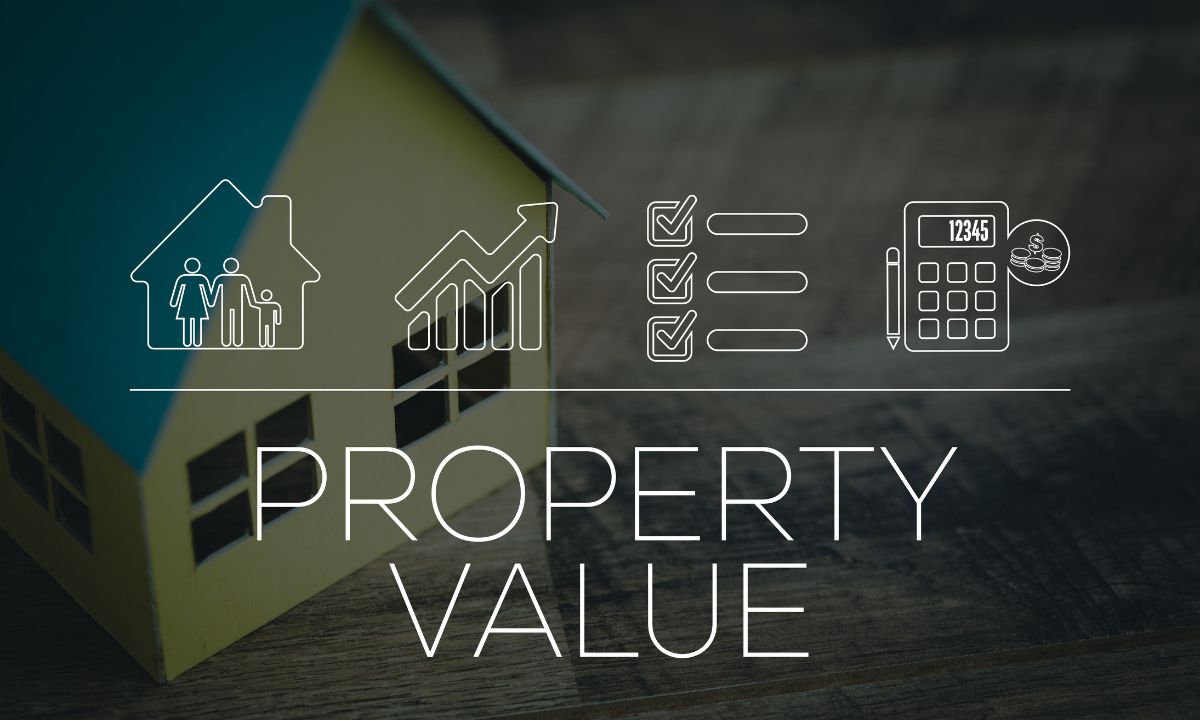 Using online mortgage lenders can offer several advantages and disadvantages compared to traditional brick-and-mortar lenders. It’s important to weigh these factors based on your individual preferences, needs, and financial situation. Here’s a breakdown of the pros and cons:
Using online mortgage lenders can offer several advantages and disadvantages compared to traditional brick-and-mortar lenders. It’s important to weigh these factors based on your individual preferences, needs, and financial situation. Here’s a breakdown of the pros and cons:
Advantages of Online Mortgage Lenders:
Convenience:
Pros: Online lenders offer the convenience of applying for a mortgage from the comfort of your home at any time. The entire process, from approval application, can be done online, reducing the need for in-person visits.
Faster Approval Process:
Pros: Online lenders often have streamlined processes, leveraging technology to speed up the approval process. This can result in quicker loan approvals and faster closings compared to traditional lenders.
Competitive Interest Rates:
Pros: Online lenders may have lower operating costs, allowing them to offer competitive interest rates. Borrowers can potentially save money over the life of the loan by securing a lower rate.
Wide Range of Loan Options:
Pros: Online lenders often offer a variety of loan products and terms, allowing borrowers to choose the option that best suits their financial situation and goals.
Accessible Information:
Pros: Online lenders typically provide a wealth of information on their websites, making it easy for borrowers to compare rates, terms, and fees. This transparency can empower borrowers to make informed decisions.
Disadvantages of Online Mortgage Lenders:
Limited Personal Interaction:
Cons: Some borrowers may prefer face-to-face interactions with a loan officer or advisor, especially when dealing with a significant financial decision like a mortgage. Online lenders may lack the personal touch of in-person service.
Potential for Miscommunication:
Cons: Online communication may lead to misunderstandings, especially if there is a lack of clarity in the application process. Miscommunication can potentially delay the loan approval or closing process.
Less Flexibility for Special Cases:
Cons: Online lenders may have strict criteria, and their automated processes might not accommodate special cases or unique financial situations as well as a human underwriter might. Borrowers with complex financial profiles may face challenges.
Security Concerns:
Cons: Some borrowers may have concerns about the security of their personal and financial information when dealing with online transactions. It’s crucial to choose reputable online lenders with strong security measures in place.
Limited Local Market Knowledge:
Cons: Online lenders may not have the same level of local market knowledge as traditional lenders. This can be a disadvantage if local market conditions significantly impact the mortgage process.
In summary, the decision to use an online mortgage lender versus a traditional lender depends on individual preferences and priorities. Borrowers should carefully evaluate the pros and cons of each option, considering factors such as convenience, communication preferences, and the complexity of their financial situation.
Additionally, researching and choosing a reputable online lender with a track record of customer satisfaction is crucial to a positive borrowing experience.
 As our world becomes increasingly conscious of sustainability, it’s crucial to understand how the environment can shape the value of your home or potential investment. Let’s explore the various ways in which environmental factors play a significant role in the real estate market.
As our world becomes increasingly conscious of sustainability, it’s crucial to understand how the environment can shape the value of your home or potential investment. Let’s explore the various ways in which environmental factors play a significant role in the real estate market. With the release of the CPI and PPI we received a clearer picture of what’s ahead. With the inflation numbers for CPI (Consumer Price Index) arriving a bit warmer than expected, there was some speculation that it could cause some hesitation from the Federal Reserve on reducing rates for this year.
With the release of the CPI and PPI we received a clearer picture of what’s ahead. With the inflation numbers for CPI (Consumer Price Index) arriving a bit warmer than expected, there was some speculation that it could cause some hesitation from the Federal Reserve on reducing rates for this year. Martin Luther King Jr. Day serves as a touching reminder of the permanent mark left by one of the most influential figures in the American civil rights movement. This day is more than just a public holiday; it’s a celebration of the enduring values of equality, justice, and the ongoing pursuit of a more inclusive society.
Martin Luther King Jr. Day serves as a touching reminder of the permanent mark left by one of the most influential figures in the American civil rights movement. This day is more than just a public holiday; it’s a celebration of the enduring values of equality, justice, and the ongoing pursuit of a more inclusive society. Home is where the heart is, and it’s also where you should feel the safest. Ensuring the security of your home has never been more attainable. Home security systems have evolved from simple locks and alarms to sophisticated, interconnected networks that provide round-the-clock protection. We will explore the latest innovations and timeless strategies to keep your home safe and secure.
Home is where the heart is, and it’s also where you should feel the safest. Ensuring the security of your home has never been more attainable. Home security systems have evolved from simple locks and alarms to sophisticated, interconnected networks that provide round-the-clock protection. We will explore the latest innovations and timeless strategies to keep your home safe and secure. The real estate market is governed by many legalities, and understanding the legal framework is crucial to a smooth transaction. There are three key components of the real estate legal process: contracts, disclosures, and closing procedures.
The real estate market is governed by many legalities, and understanding the legal framework is crucial to a smooth transaction. There are three key components of the real estate legal process: contracts, disclosures, and closing procedures.